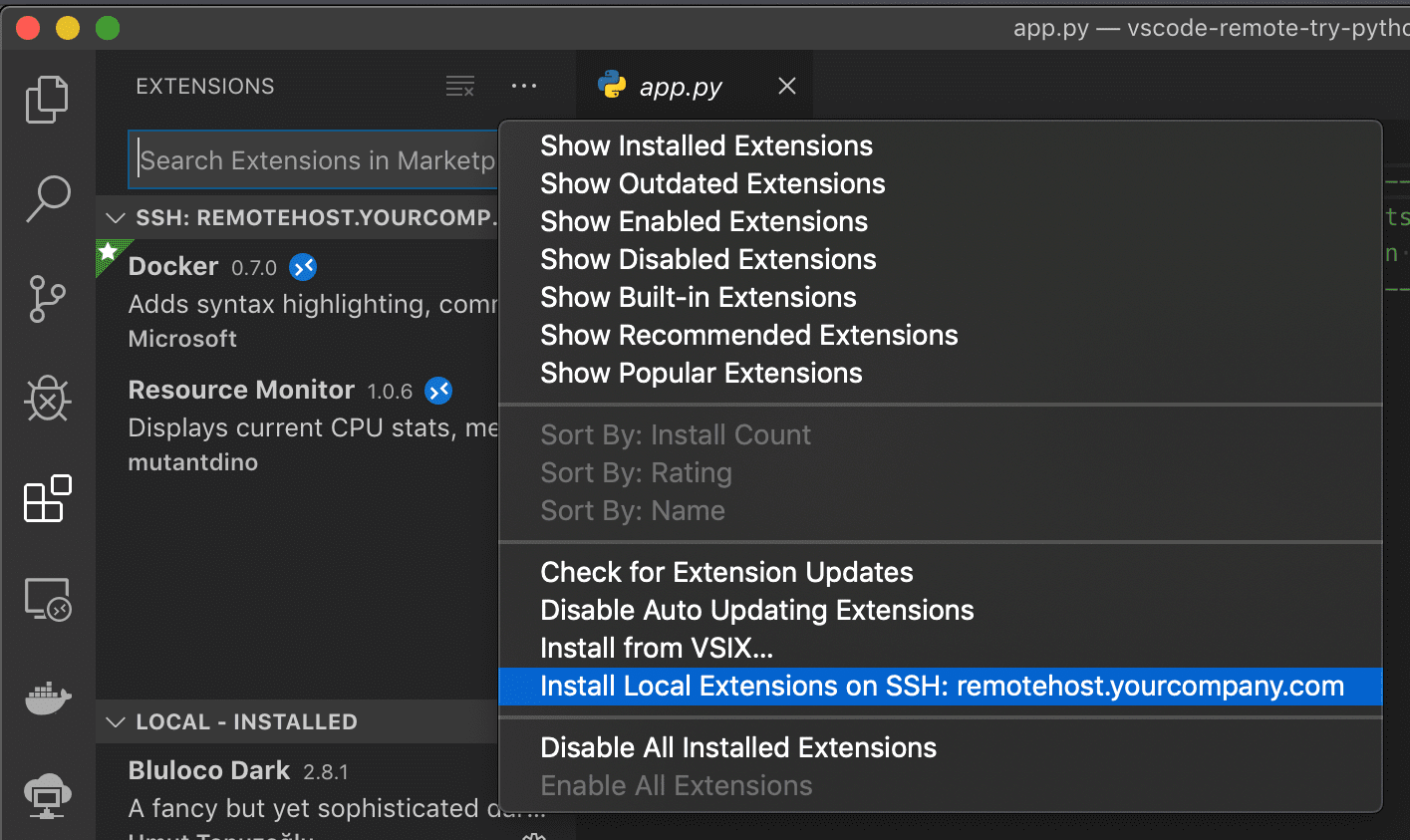

Reliability: a cloud server is far more reliable than your local machine can ever be. Managing different versions of these might prove rather hectic, as any bugs that crop up because of this can’t be easily replicated. For example, a project might require different versions of MySQL, C++, and system libraries like LibPng and ImageMagick. Seamless Development: remote coding gives you the ability to create environments specially tailored to the project at hand. Prod-Dev Synchrony: by having a remote dev environment similar to your production environment you can minimize any deployment issues.


It’s pretty straightforward to boot up a 32GB RAM AMD EPYC instance for some data science workloads. Power: you can easily scale up your remote server based on your workloads. Your code isn’t tied to your local machine, as such, you can code from anywhere using any device available at the moment. Portability: you can code from any device with internet access. Here are some pros and cons of developing on the server. But before we get into the how, let’s look at the why.


 0 kommentar(er)
0 kommentar(er)
